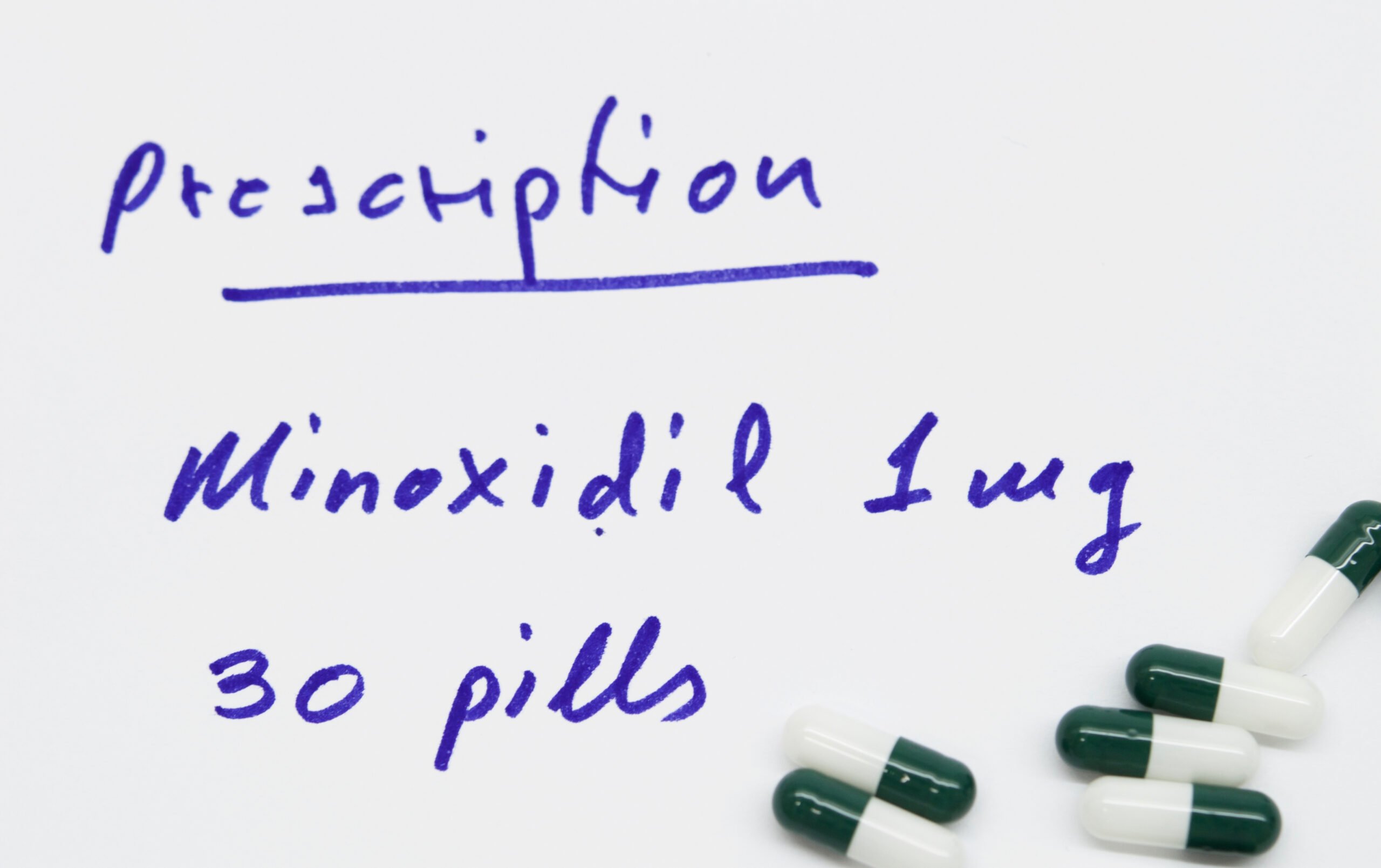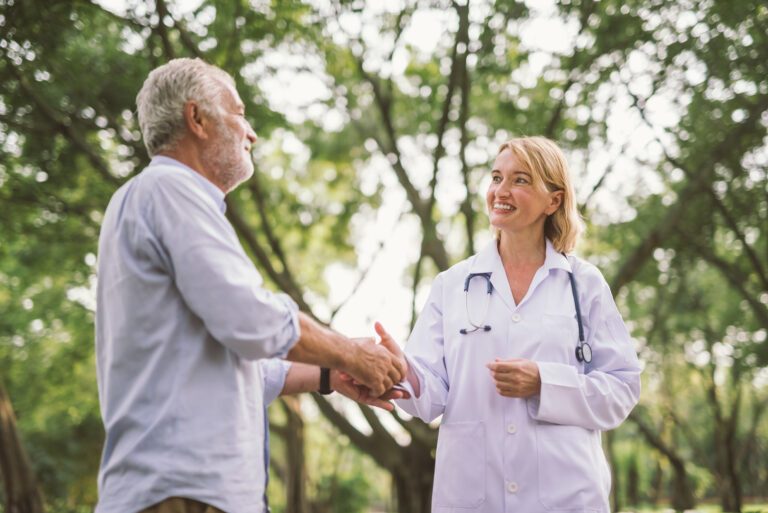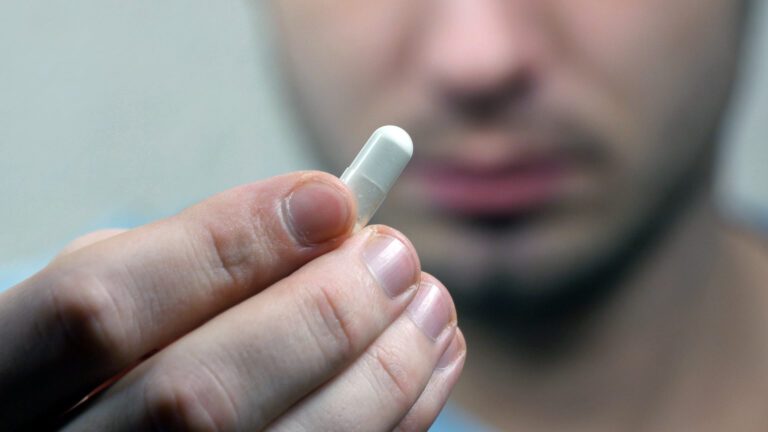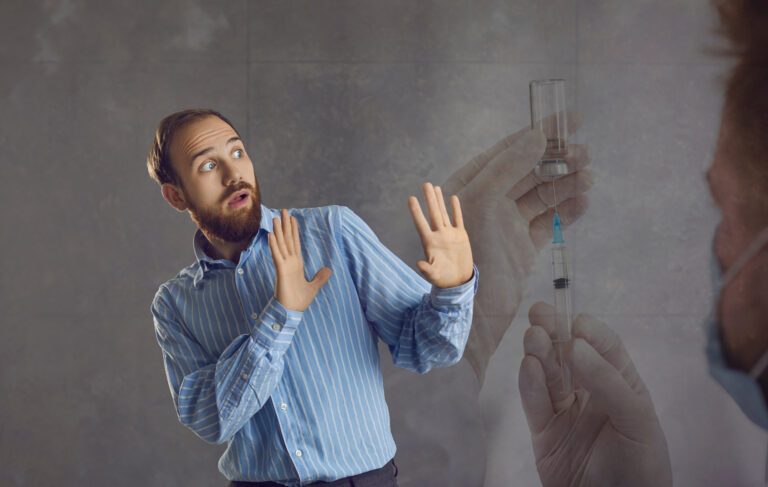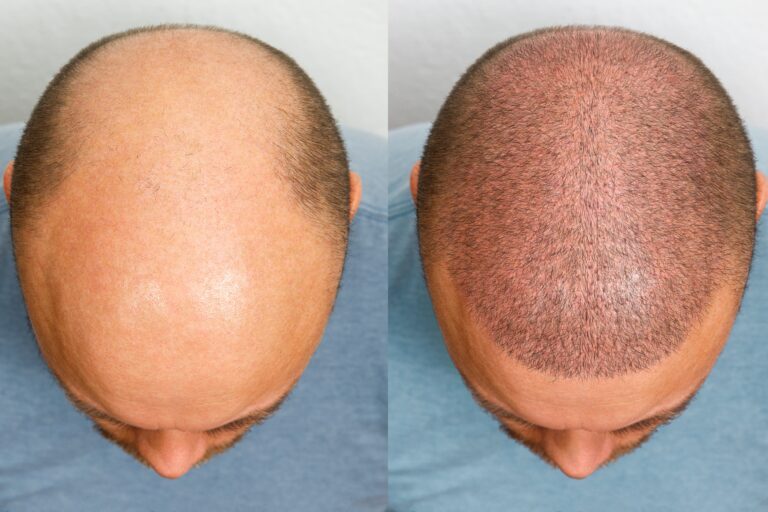Does Minoxidil (Rogaine/Regaine) Work For Hair Loss?
Are you starting to notice your hair begin to thin out? Our relationship with our hair can be complicated. Most times we take it for granted. Then, you wake up one day and begin to see less hair and more scalp.
Losing your hair can be stressful and we completely understand how you’d want to hold on to it for as long as you can.
Maybe you have luscious hair and are willing to fight tooth and nail to keep it in place. Or, you just like having a full head of hair, luscious or not.
That’s where minoxidil and Rogaine come in. So, if you’re interested in finding out more about these hair loss treatments, you’ve come to the right place.
Rogaine vs. Minoxidil
What’s the difference between both products? Not much.
Minoxidil is one of the main ingredients used in hair loss products. On the other hand, Rogaine is a product brand that specializes in hair loss treatment.
In other words, the product sold under the brand name Rogaine uses minoxidil as an active component in its structure.
Here’s another fun tidbit: Minoxidil was discovered as a treatment for hair loss purely by accident. It was initially meant to treat high blood pressure.
However, researchers noticed that balding patients who took it exhibited signs of hair growth. So, they reformatted it and came up with the two forms people use today: 2% and 5%.
While this treatment was originally designed for men, researchers later discovered it could be just as effective for women.
The Mechanisms of Balding
You can’t understand how hair treatment works if you don’t know how hair strands grow and fall out.
The Hair Growth Cycle
Your hair goes through four stages. Each stage has different functions where individual hair strands go through these stages at different rates.
The first stage your hair goes through is called anagen. This is the most basic stage when your hair starts growing gradually as hair follicles push it outward.
The second stage is called catagen. During this stage, hair strands start to feel like they need a break from growing. This is also when hair roots stop getting any blood flowing through them.
The telogen stage, also known as the resting phase, is when hair strands take a breather. During this time, your hair neither grows nor falls out.
The final stage is called exogen. It’s where hair starts to fall out and re-enters the anagen stage.
Then, the process starts all over again.
How the Balding Process Starts
Think of it like this: if hair growth is a Wi-Fi connection, dihydrotestosterone (DHT) is a dark basement with thick walls.
You see, the 5-alpha-reductase enzyme, or 5AR, in your hair follicles turns testosterone into DHT. As a token of appreciation, DHT shrinks the follicles, which affects the anagen, or growing, stage.
So, your hair stops growing naturally, getting shorter and thinner as time passes. Eventually, it stops growing altogether.
Male balding usually follows a specific pattern. It usually starts at the top of the forehead, then moves to the top of the head, and ends up looking like a U-shaped pattern around the head.
In females, hair falls out evenly across the scalp.
You’ve probably guessed it by now, but baldness affects men more than women. Why? Because they produce more testosterone, which means more DHT.
How Does Minoxidil/Rogaine Work?
Now, it’s time to answer the big question: how does minoxidil work?
Unfortunately, we can’t give a definitive answer. However, the truth is there just isn’t enough research on minoxidil and Rogaine to fully understand how they work.
There is, however, enough data to know that sulfotransferase enzymes inside hair follicles convert minoxidil into minoxidil sulfate.
Minoxidil sulfate disrupts the hair growth cycle by reducing the length of the telogen stage and increasing the duration of the anagen stage.
Furthermore, minoxidil and Rogaine enhance your shrunken hair follicles. As a result, blood flow increases around them, which provides them with the nutrition they need to grow.
How Effective Is Minoxidil/Rogaine?
Now that you understand how we lack sufficient data on minoxidil and Rogaine, you’re probably skeptical about whether they can be effective.
That’s understandable, but keep in mind the FDA confirmed its efficacy against androgenetic alopecia. Such an institute would never approve this treatment if the studies on minoxidil hadn’t shown remarkable results.
While doctors use minoxidil to treat other hair disorders, it’s considered off-label use. Hence, there’s no telling whether minoxidil will work for everyone.
When Will You Start Seeing Results?
Everyone will react differently to that treatment. Some will notice progress after a few weeks. Some might take a while longer.
For most people, though, noticeable results start to appear after four months.
That’s, of course, if you stick to the treatment. You see, just because minoxidil can grow your hair doesn’t mean it has lasting effects. In other words, if you stop using it, your hair will likely fall out again.
Does Minoxidil/Rogaine Work on Bald Heads?
One common question is: does Rogaine work on bald heads? Unfortunately, no.
As mentioned earlier, minoxidil increases blood flow around your hair follicles, allowing them to enter the anagen stage earlier than usual.
However, if you’re completely bald, that means hair follicles are no longer functioning.
Therefore, minoxidil won’t be able to stimulate hair growth at this point.
Oral vs. Topical Minoxidil
Hair loss treatment is often associated with minoxidil foam and solution. However, oral minoxidil can be just as effective, but slightly less convenient.
Some users can get a rash on their scalps after using topical minoxidil. Others don’t like how it makes their hair greasy.
In cases like this, oral minoxidil can be an effective alternative.
However, it’s important to measure the dose carefully. Taking too much can affect your blood pressure, which is why doctors always use it in low doses.
We also have to note that since you apply topical minoxidil to the balding areas of the scalp, only these areas experience hair growth.
Oral minoxidil, on the other hand, affects other parts of the body. So, you might notice your facial and boy hair start to grow as well. It’s up to you to decide whether this is a pro or a con.
Also, just like the topical version, you can’t stop taking oral minoxidil if you want its effects to last.
Foam vs. Solution
Now that we’ve covered the difference between oral and topical minoxidil, let’s see how the two types of topical minoxidil differ from one another.
Minoxidil solution contains propylene glycol, which makes it easier for hair follicles to absorb. However, research shows it can cause scalp irritation.
That’s why they invented minoxidil foam. It increases your follicles’ ability to absorb the active ingredient while causing less irritation to the scalp.
How to Use Minoxidil?
By this point, you know that minoxidil comes in three forms; each one is applied differently.
Minoxidil solution is easy to apply. Just place a couple of drops on the balding areas of your scalp, and massage it in.
Most experts recommend using 1 mL of solution for every dose. So, use a dropper with a 1mL mark.
If you use the spray, one pump gives you about 0.2 mL of solution. Five sprays per dose should be enough.
Minoxidil foam is pretty much the same. Simply apply half a capful of foam on the balding areas of your scalp and massage them with your fingers.
Make sure your hair is completely dry before applying foam or solution minoxidil, and wash your hands afterward.
Oral minoxidil is the most straightforward of them all. Just take the dose your doctor recommends, and you’re good to go.
If you miss your regular dose, don’t try to make up for it by double-dosing the next time, especially with oral minoxidil.
Can You Use Minoxidil With Other Hair Loss Treatments?
Yes, you can. Minoxidil isn’t the only hair loss treatment on the market.
If you do a bit of research, the first name you’ll come across is finasteride.
While minoxidil stimulates the hair growth process, finasteride reduces the hair follicles’ ability to produce DHT.
You can think of them as being two sides of the same coin. So, you can use both.
In fact, one study shows that using both treatments simultaneously can give remarkable results.
Side Effects of Minoxidil/Rogaine
For the most part, minoxidil is quite harmless. Most people don’t experience any side effects.
However, in some rare instances, there might be some side effects. Keep reading to find out what you’re getting into.
Your Start Losing Hair
Isn’t the point of minoxidil to stop that? Yes, but before it can start growing new hair strands, it has to get rid of the old ones.
As mentioned before, minoxidil sulfate shortens the telogen stage. That means your hair will quickly enter the exogen phase, where it will start to fall out before it enters the anagen stage.
So, when you start using minoxidil or Rogaine, you might notice that your hair is starting to fall out. If this happens, don’t freak out, and remember it’s part of the process.
Just stick to your daily dose, and you’ll get past the shedding phase in a couple of days.
Experiencing Hypertrichosis
Hypertrichosis refers to growing too much hair in unexpected areas of your body. Yes, right after you start losing hair, you can grow too much of it. In some instances, hair can grow at a terrifying rate, resulting in hypertrichosis.
This side effect is most common with oral minoxidil. Hypertrichosis can also be a side effect of topical minoxidil as well, although it’s more common with the 5% version.
Scalp and Skin Irritation
Minoxidil can have minor effects on the scalp, like skin irritation and discomfort. It can also cause a severe case of seborrheic dermatitis, which is a minor burning sensation on your skin.
Some patients have even developed erythema, whereas others exhibited signs of pruritus, which refers to an unpleasant itchy feeling.
Does Minoxidil Interact With Other Drugs?
If you use minoxidil while taking other drugs, there’s a chance they might interact with each other, giving you unwanted results.
Cyclosporine
One study involved six males who used cyclosporine along with topical minoxidil. After four weeks, all six had severe cases of hypertrichosis.
The study proved that cyclosporine, an immunosuppressant treatment, when combined with minoxidil caused the excessive growth of facial and body hair.
The good news is that its effect isn’t long-lasting. Luckily, after two months of quitting minoxidil, the patients began showing improvements.
Guanethidine
Keep in mind that minoxidil was originally developed to treat high blood pressure. So, taking oral minoxidil along with guanethidine can drastically lower blood pressure to dangerous levels.
If possible, you should stop taking guanethidine a few days before taking minoxidil. That way you can make sure they won’t interact.
Is Minoxidil Safe for Everyone?
You’re probably getting more and more excited. You probably think you’ve finally found a solid, affordable treatment to save your hair from falling out.
Well, don’t go to the pharmacy just yet. Before taking minoxidil, you need to make sure it’s safe for you to use.
You see, in some cases, using minoxidil can be counterproductive. Let’s see some examples!
If You’re on Other Medications
As we’ve previously established, minoxidil can interact with other medications.
So, if you’re on heart, kidney, or blood pressure medications, consult your doctor before using minoxidil to make sure it won’t interfere with any of them.
Breastfeeding
Minoxidil is safe to use during breastfeeding. However, some doctors speculate that it can pass into your milk, harming the baby in the process.
Wrapping Up
So, does minoxidil work? And is Rogaine worth it? Research seems to suggest so.
The idea behind minoxidil is that it stimulates hair growth by increasing blood flow around hair follicles.
Yet, keep in mind that the effectiveness of minoxidil differs from one person to another. There are cases where it’s proven to be ineffective.
Not only that, there are instances where you shouldn’t take minoxidil to avoid any harmful side effects. So, always check with your doctor to ensure it’s completely safe to use.

